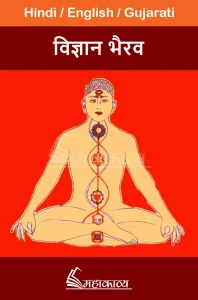Read Vedant Darshan (Brahma Sutras) in English
Maharishi Vedvyas is the author of Vedanta Darshan (Brahmasutra). This book is very important. In the Brahmasutra composed by Vedvyas, the form of Parabrahma has been described completely including its organs and appendages. That is why Vedanta Darshan is also known as Brahmasutra. Vedanta Darshan (Brahmasutra) being the source of Jnana Yoga gives direction to man to attain knowledge.
Read here in one click ~ Vedanta Darshan (Brahma Sutra) in Hindi
The main source of Vedanta Darshan (Brahmasutra) is considered to be the Upanishads, which represent the ultimate principles of the Vedas. Upanishads are considered to be the last part of Vedic literature. That’s why it is also called “Vedanta Darshan”. The word ‘Vedanta’ means ‘the end of the Vedas’.
Table of Contents
Toggleintroduction:-
Maharishi Vedvyad Rishi is the creator of Vedanta Darshan. There are 4 chapters and 16 padas in this scripture, in which four padas are given in each chapter. The total number of sutras in Vedanta Darshan is 555.
Vedanta Darshan is also known as Uttara Mimamsa. In this book, the topics of nature and mutual relations of Brahman, Jiva, and Prakriti have been described. Vedanta Darshan has branches like Jnanayoga, Advaita Vedanta, Dwaitaki, Bhaskara, Vishisht, Vallabha, Chaitanya, Nimbarka, Vachaspati Mishra, Sureshwar and Vigyan Bhikshu, etc. In these branches, these three branches of Dvaita Vedanta, Vishisht Advaita, and Dwaita are the main ones. Adi Shankaracharya, Ramanuja, and Madhvacharya are considered to be the propagators of all these three branches.
Vedanta Darshan commentaries are very beneficial for the readers of religious and Upanishads. After the recitation of the Upanishads, the recitation of Vedanta Darshan must be done. That’s why it is expected that Vedanta Darshan will definitely study.





 Download the Mahakavya App
Download the Mahakavya App